What Is an Absolute Angle Encoder?
An absolute angle encoder is a device that measures the exact angular position of a rotating shaft. Unlike incremental encoders (which only track movement), absolute encoders provide a unique digital code for each position, even after power loss.
These encoders are essential in robotics, CNC machines, industrial automation, and aerospace due to their high precision and reliability.
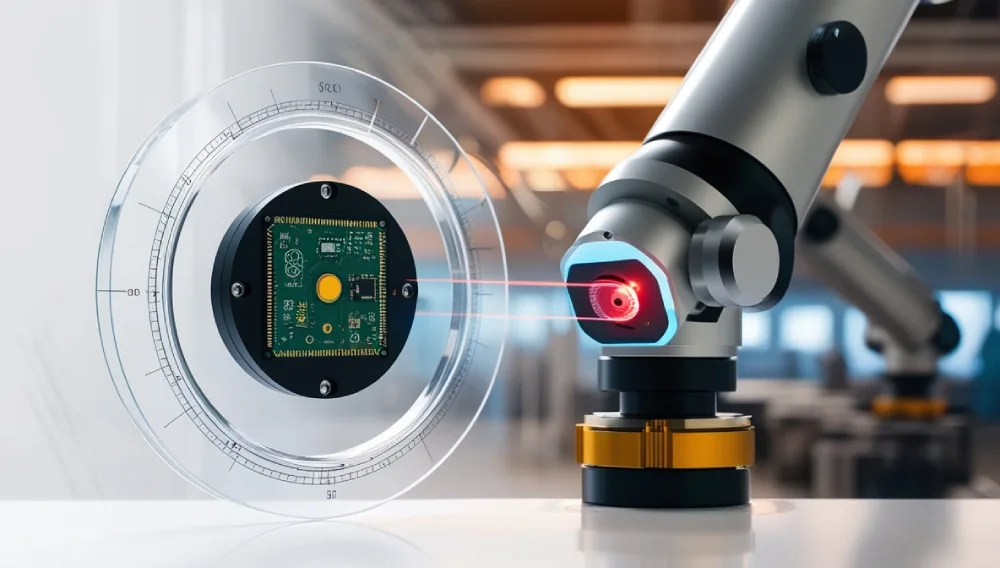
How Does an Absolute Angle Encoder Work?
Absolute encoders use different technologies to determine position:
- Optical Encoders: Use a glass or plastic disc with patterned lines and a light sensor.
- Magnetic Encoders: Rely on magnetic fields and Hall-effect sensors.
- Capacitive Encoders: Measure changes in capacitance for position tracking.
When the shaft rotates, the encoder generates a unique binary or Gray code corresponding to its exact angle.
Amazon Featured
Amazon Newest Arrivals
Absolute vs. Incremental Encoders
| Feature | Absolute Encoder | Incremental Encoder |
|---|---|---|
| Position Tracking | Exact position at all times | Only tracks movement |
| Power Loss Recovery | Retains position | Requires homing |
| Complexity | More complex | Simpler & cheaper |
| Best For | High-precision applications | Speed measurement |
Understand motion control standards from IEC
Benefits of Absolute Angle Encoders
✅ No Homing Required – Knows position immediately after power-up.
✅ High Accuracy – Provides exact angular measurements.
✅ Reliable in Harsh Conditions – Works in dust, vibration, and temperature extremes.
✅ Multiple Output Options – SSI, SPI, CANopen, Ethernet, and more.
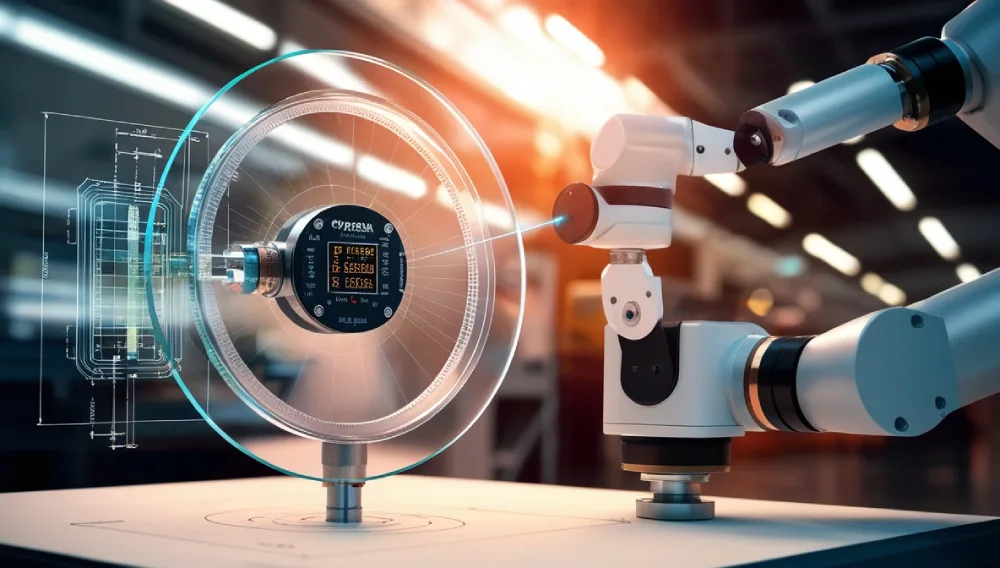
Top Absolute Angle Encoders (2024 Recommendations)
1. Heidenhain RON 285 (Optical Absolute Encoder)
✔ Pros:
- Ultra-high resolution (up to 30-bit)
- Robust against contamination
- Industry-standard reliability
✖ Cons:
- Expensive
- Complex installation
Best for: CNC machines, high-end robotics
Stream Without Lag – Discover Top SRT Encoders
2. Broadcom AEAT-8800 (Magnetic Absolute Encoder)
✔ Pros:
- Affordable
- Compact design
- Good for mid-range precision
✖ Cons:
- Slightly lower resolution than optical
- Sensitive to strong magnetic fields
Best for: Servo motors, industrial automation
3. Renishaw RESOLUTE (Ultra-Precision Optical Encoder)
✔ Pros:
- Nanometer-level accuracy
- High-speed performance
- Excellent for aerospace & medical devices
✖ Cons:
- Very high cost
- Requires careful handling
Best for: High-tech applications needing extreme precision
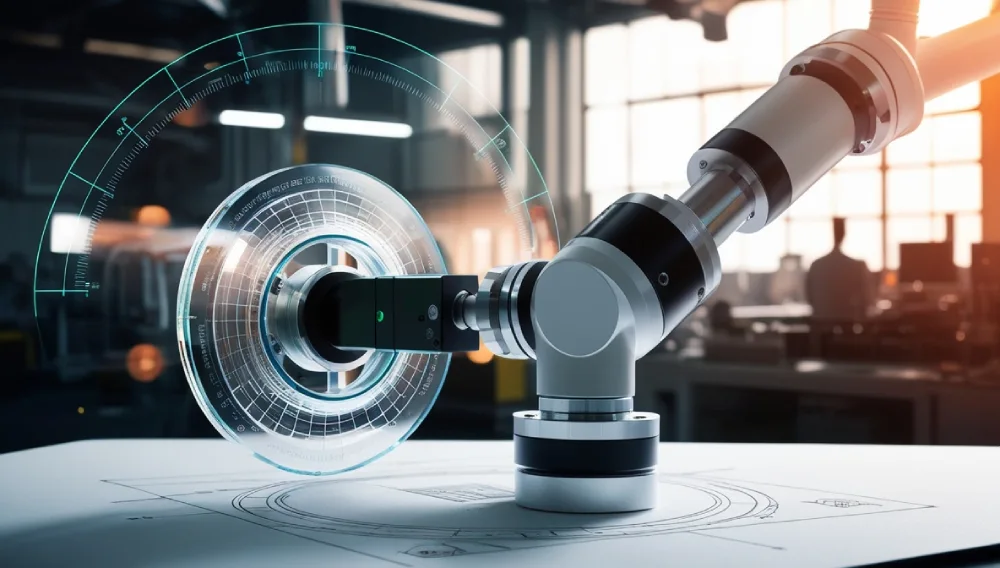
Absolute Angle Encoder Buying Guide
1. Resolution & Accuracy Needed
- Low-cost projects: 12-bit (4,096 positions)
- Industrial machines: 16-bit to 24-bit
- Ultra-precision (medical, aerospace): 30-bit+
2. Output Interface
- SSI (Serial Synchronous Interface): Common in industrial settings
- SPI/I2C: Used in embedded systems
- Ethernet/CANopen: For networked automation
3. Environmental Resistance
- IP Rating: IP64 (dust-resistant) or IP67 (waterproof)
- Temperature Range: -40°C to 100°C for harsh environments
4. Mounting & Size
- Shaft vs. Hollow-shaft: Hollow encoders save space
- Flange compatibility: Check NEMA/IEC standards
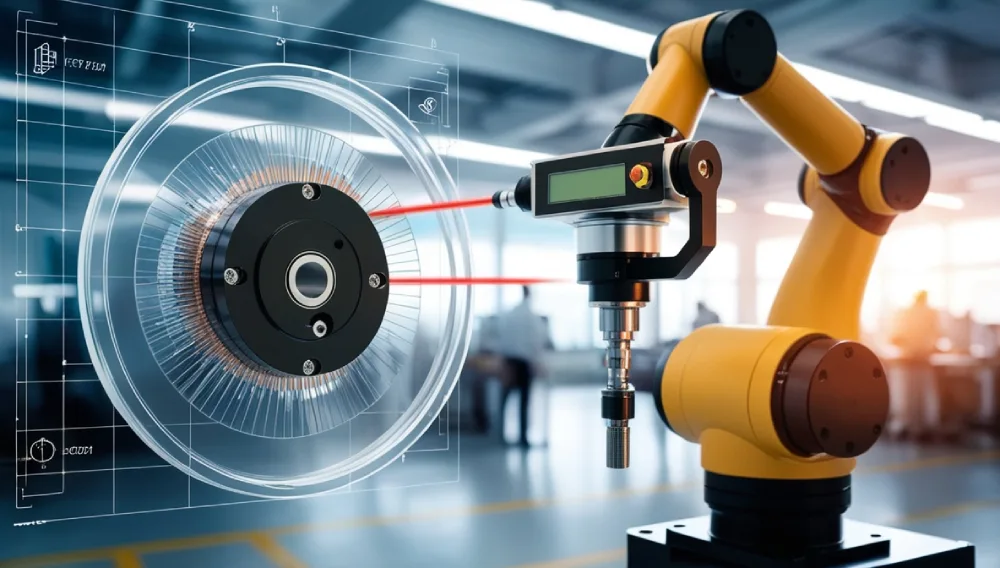
Personal Experience: Why I Switched to Absolute Encoders
I previously used incremental encoders in a robotic arm project. Every power cycle required a homing routine, wasting time. After switching to an absolute encoder (Broadcom AEAT-8800), the robot started up instantly in the correct position—no recalibration needed!
For industrial use, Heidenhain’s optical encoders are unbeatable, but for hobbyists, magnetic encoders offer a great balance of cost and performance.
FAQs About Absolute Angle Encoders
Q: Can absolute encoders replace incremental encoders?
A: Yes, but cost may be a factor. Absolute encoders are better for position-critical tasks, while incremental encoders are cheaper for speed sensing.
Q: Do absolute encoders need batteries?
A: Some do (for multi-turn models), but single-turn encoders don’t. Battery-backed encoders remember position over multiple rotations.
Q: What’s the lifespan of an absolute encoder?
A: Optical encoders last 50,000+ hours, magnetic ones longer (no wear).
Q: Can I use an absolute encoder with Arduino/Raspberry Pi?
A: Yes! Many support SPI/I2C, making them DIY-friendly.
Final Thoughts
Absolute angle encoders provide unmatched precision and reliability for automation, robotics, and industrial machines. While they cost more than incremental encoders, their instant position tracking and no-homing feature make them indispensable in high-performance systems.
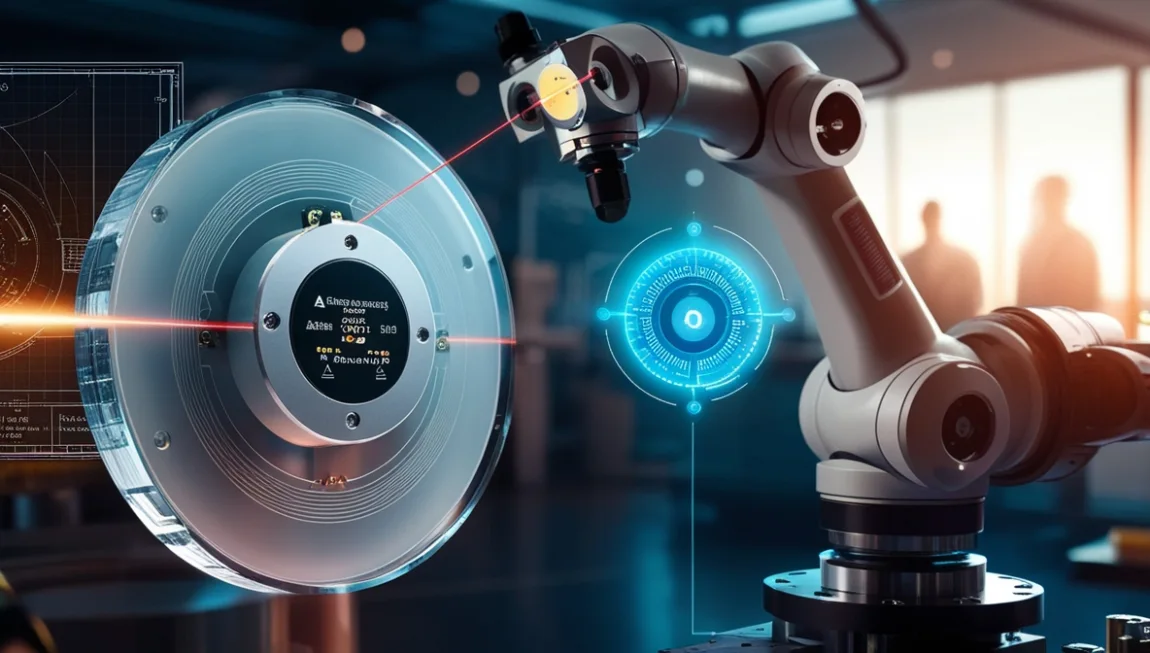

2 thoughts on “The Best Absolute Angle Encoder”